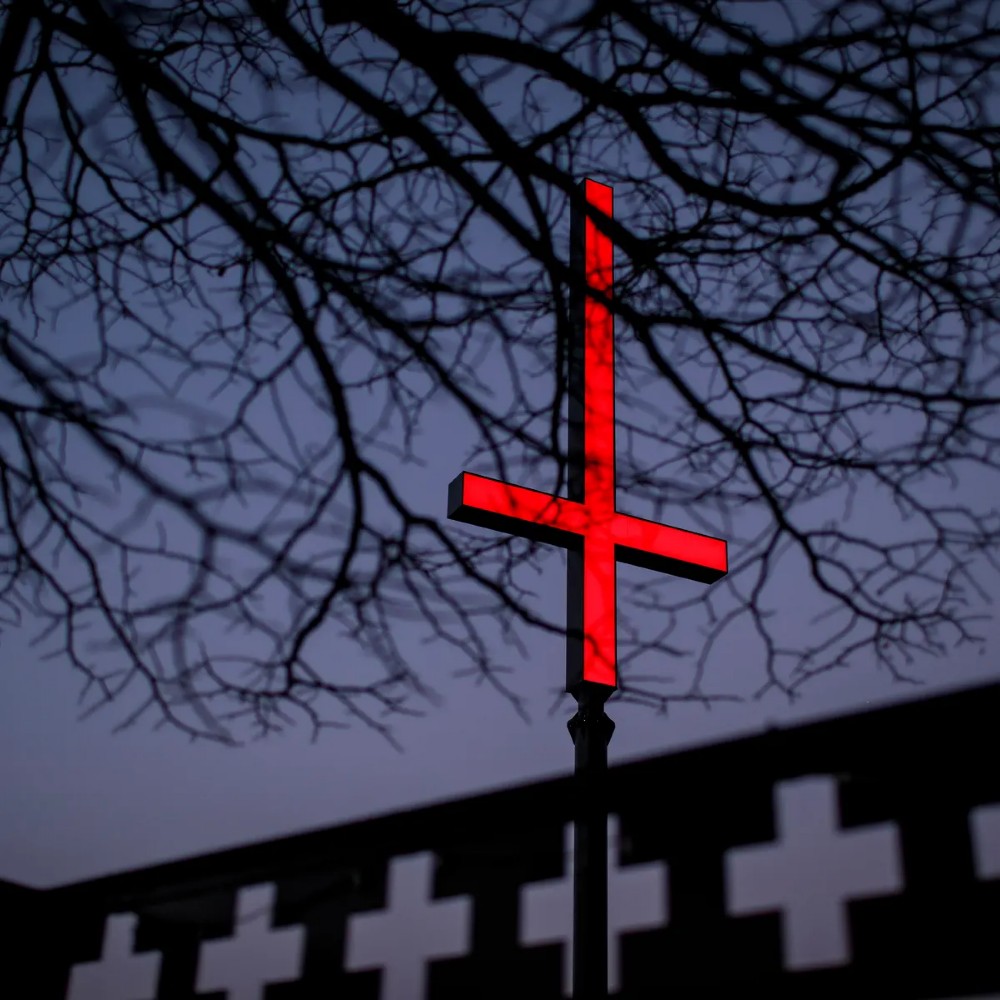What Does an Upside-Down Cross Mean?
An upside-down cross is a symbol that has intrigued and sparked curiosity among various individuals for centuries. Often associated with occultism, satanism, and anti-Christian sentiments, the upside-down cross carries multiple interpretations and holds different meanings depending on the context. In this article, we will delve into the origins, historical significance, and various interpretations of the upside-down cross, aiming to shed light on its complex symbolism.
I. Historical Origins:
The historical origins of the upside-down cross can be traced back to early Christianity. Legend has it that Saint Peter, one of Jesus Christ's apostles, was crucified upside down due to his request to be crucified in a manner different from that of Jesus.

Saint Peter
Consequently, the upside-down cross became associated with humility, unworthiness, and martyrdom within the Christian tradition.
II. Religious Symbolism:
Despite its association with Saint Peter, the upside-down cross has evolved to become a symbol of defiance and rebellion against traditional Christian beliefs. In some satanic and occult practices, it is used to represent an inversion of Christian values and a rejection of mainstream religious norms.
III. Anti-Christian Interpretation:
In popular culture, the upside-down cross often serves as a provocative and controversial image associated with anti-Christian sentiments. It is frequently utilized as a form of protest or as a symbol of opposition to organized religion.

Upside-down cross
However, it is important to note that the interpretation of the upside-down cross as an anti-Christian symbol is not universally accepted and may vary among different individuals and groups.
IV. Cultural References:
The upside-down cross has made appearances in various forms of media, including movies, music, and art. It is often used to convey a sense of mystery, darkness, and rebellion. Artists and musicians may incorporate the symbol into their work to provoke thought, challenge societal norms, or make a political statement.
V. Occult and Satanic Associations:
In certain occult and satanic practices, the upside-down cross is employed as a symbol of blasphemy and the inversion of traditional Christian symbols. It is seen as a representation of the Devil or anti-Christian forces.
However, it is important to distinguish between genuine satanic or occult associations and the misappropriation of symbols for shock value or aesthetic purposes.
VI. Alternative Interpretations:
While the upside-down cross is commonly associated with negative connotations, it is crucial to recognize alternative interpretations. Some individuals may view the symbol as a sign of personal transformation, rebellion against oppressive systems, or a rejection of dogmatic beliefs. These interpretations highlight the subjective nature of symbolism and its ability to hold different meanings for different people.
VII. Conclusion:
The upside-down cross continues to be a symbol that evokes strong reactions and interpretations. From its historical connection to Saint Peter to its contemporary associations with satanism and rebellion, the symbol carries a complex and multifaceted meaning. It is essential to approach the interpretation of the upside-down cross with an understanding of its historical context, diverse cultural references, and the subjective nature of symbolism.
By exploring these various perspectives, we can gain a deeper understanding of the symbol and its significance in different contexts throughout history.